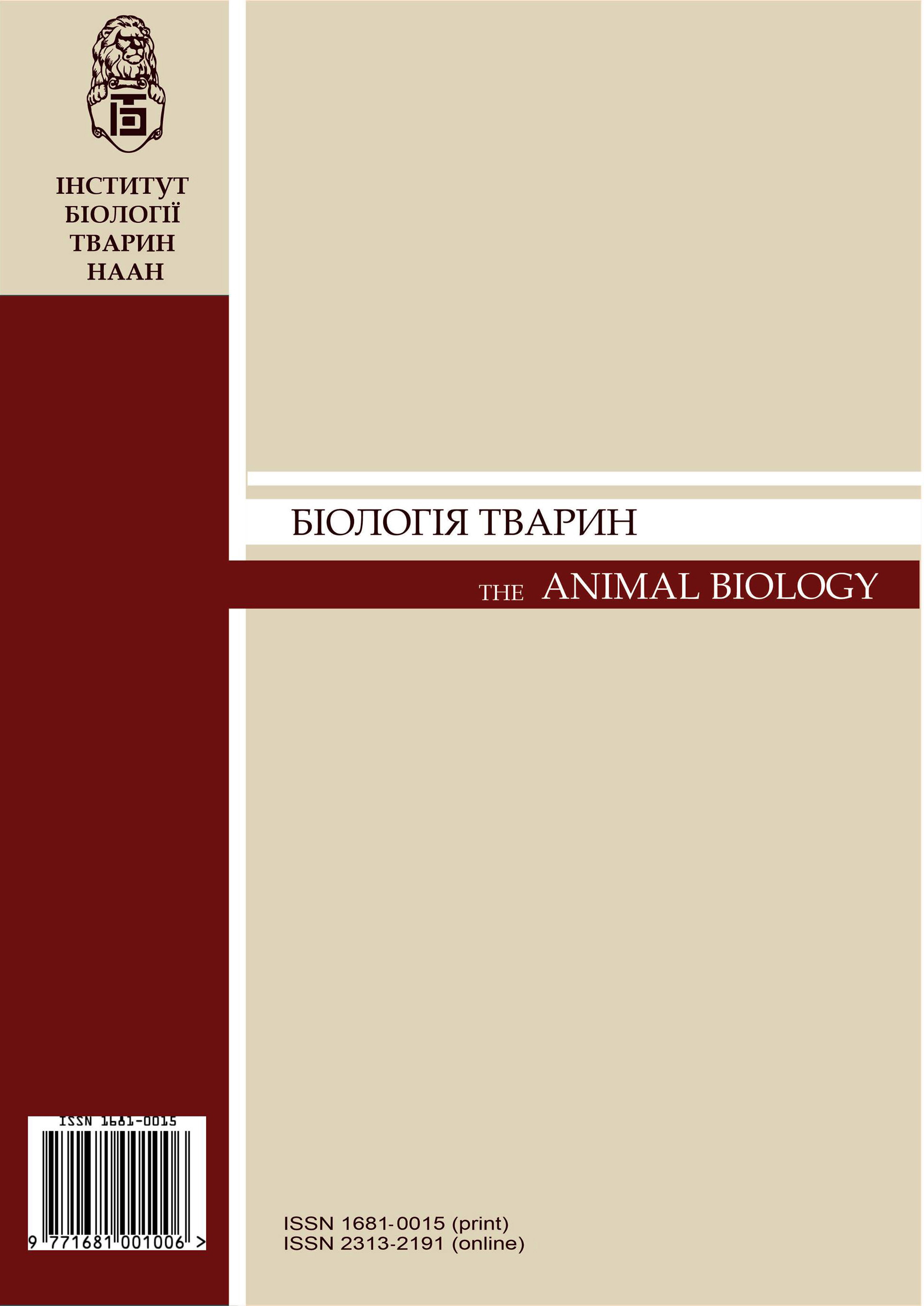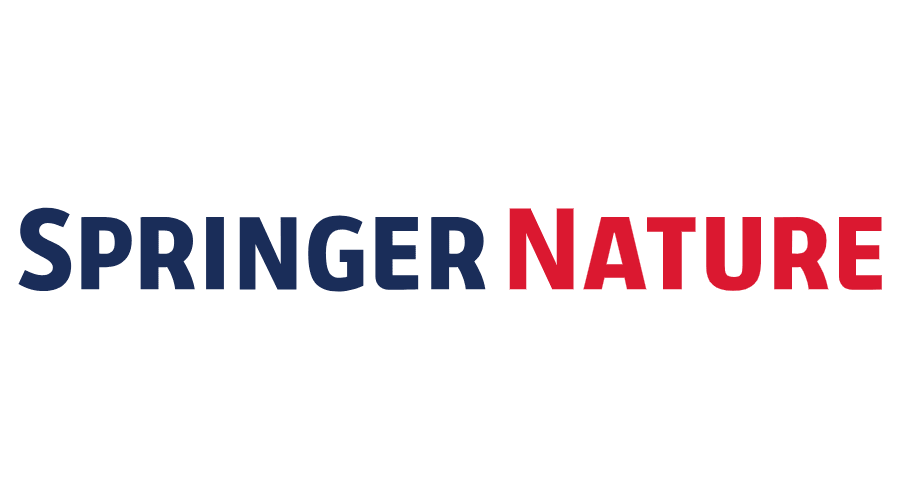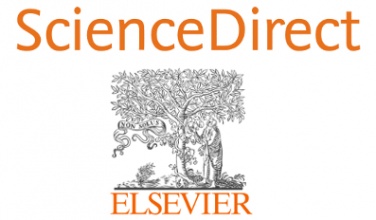OVERVIEW
The Laboratory of Molecular Biology and Clinical Biochemistry was founded in 2001 on the basis of the Prion Research Center. Doctor of Veterinary Sciences, professor, academician of the National Academy of Agrarian Sciences of Ukraine Vlizlo V. V. was the head of the laboratory until 2015. Since 2015 the laboratory head is doctor of agricultural sciences, senior researcher Ostapiv D. D.
THE LABORATORY STAFF:
Ostapiv Dmytro – Head of Laboratory, Dr. Sc..
Kozak Mariya – Senior Researcher, PhD
Petrukh Iryna– Senior Researcher, PhD
Kuz`mina Nataliia – Senior Researcher, PhD
Bodnar Julia – Researcher, PhD
Martin Yuriy – Leading Specialist.
RESEARCH AREAS
The laboratory performs the following tasks in the Scientific Research Program 34 «Promotion of stable epizootic well-being and food security of Ukraine in the context of implementation of the WOAH-WHO-FAO strategy "One Health” (“One health, biosecurity and food safety”):
- 34.01.05.02 P. Effect of preparations created using nanobiopolymeric transport containers on animal organism and productivity.
Study of animal metabolism in health and disease.
Development of informative diagnostic tests and effective measures for prevention and treatment of metabolic diseases in highly productive cows.
Study of prion infections and development of modern molecular biology techniques for treatment and prevention of transmissible spongiform encephalopathies.
Study of adjuvant properties of synthetic and natural molecules in order to create safe and effective vaccines.
Development of nanobiopolymeric transport containers for antibiotics to improve their therapeutic effects.
Study of physiological and biochemical processes in sperm, development of ways to increase the fertilizing ability of sperm.
MAIN ACHIEVEMENTS
The Laboratory of Molecular Biology and Clinical Biochemistry is a new research laboratory, dedicated to solve major problems in animal health and disease using multidisciplinary methods. Antisense technology technique for the prevention of transmissible spongiform encephalopathy is developed at the laboratory. In 2010, young researchers (Lyudmila Ivanytska and Mariya Kozak received grant support from 14-th Annual West-Ukrainian Biomedical Research Center (WUBMRC): Competition for Project: Novel nanosized carriers for antisense DNA delivery in vivo. This support helped in the study of the impact of the technique on animals.
Methods for the detection of oligodeoxynucleotide polyplexes with cationic oligoelectrolytes (patent № 70080, 2012), methods of obtaining steroid hormones (patent № 59121, 2011), complex drug "Remivital" (patent №95820, 2015), reducing the content of cellular prion in animals (patent № 144124, 2020), enhancing the precipitation reaction during immunoelectrophoresis (patent № 144483, 2020), phosphorus-containing polyester ether derivatives of natural α-amino acids and polyethylene glycols (patent №124918, 2021), method of increasing the antimicrobial effect of enrofloxacin (patent № 152046, 2022) and armor antiseptic hydrogel dressing (patent №151071, 2022) are developed by our scientists.
Laboratory staff participated in the preparation of Decree of the President of Ukraine "On urgent measures to ensure stable epizootic situation in Ukraine"; resolutions of the Verkhovna Rada of Ukraine "About the State target program Diagnosis, prevention and measures to eliminate spongiform encephalopathy and other prion infections in the territory of Ukraine in 2005–2010"; Resolutions of the CMU "On approval of the Program for the prevention and elimination of disease manifestations in cattle with bovine spongiform encephalopathy and other prion infections in the territory of Ukraine in 2001-2010"; Instructions "Regarding diagnostics, prevention and control of bovine spongiform encephalopathy"; and Instructions "Regarding the prevention and control of bluetongue (catarrhal fever of sheep)".
The laboratory is accredited by the State Research Control Institute of Veterinary Medicines and Feed Additives and the State Service of Ukraine for Food Safety.
The laboratory meets the management and technical systems requirements of the standard and has adequate equipment to perform enzyme immunoassay, Western Blot and Dot Blot analyses, electrophoresis, immunoprecipitation, and analysis of hematopoiesis, protein metabolism, carbohydrate metabolism, lipid metabolism, amino acid metabolism, antioxidant system activity, mineral and vitamin metabolism, histological and immunohistological studies of organs and tissues.
COLLABORATION INTERESTS
Study a non-viral nanoscale-based delivery of antisense oligonucleotides to enhance inhibition of the cellular prion expression in vivo.
Development and testing of new chemically synthesized substances and of natural origin with adjuvant properties in order to create effective and safe vaccines.
Modification of antibiotics to improve their therapeutic effects.
Hydrogels, composite materials and their application in veterinary and humane medicine.
The laboratory offers:
- Molecular, biochemical, and histology studies in health and pathology;
- Advisory assistance to farms on animal feeding, metabolic disorders and sperm quality;
- Conducting research using multidisciplinary methods;
- Broad range of thesis projects for BSc, MSc and PhD students.
PUBLICATIONS
Bukartyk MM, Nosova NG, Maikovych OV, Bukartyk NM, Stasiuk AV, Dron IA, Fihurka NV, Khomyak SV, Ostapiv DD, Vlizlo VV, Samaryk VYa, Varvarenko SM. et al. Preparation and research of properties of combined alginate/gelatin hydrogels. J. Chem. Tech. 2022; 30 (1): 11–20. DOI: https://doi.org/10.15421/jchemtech.v30i1.242230 (Scopus)
Stasiuk A, Fihurka N, Vlizlo V, Prychak S, Ostapiv D, Varvarenko S, et al. Synthesis and properties of phosphorus-containing pseudo-poly(amino acid)s of polyester type based on N-derivatives of glutaminic acid. Chem. Chem. Technol. 2022; 16 (1): 51–58. DOI: 10.23939/chcht16.01.051 (Scopus)
Stasyuk N, Demkiv O, Gayda G, Zakalska O, Zakalskiy A, Serkiz R, et al. Reusable alcohol oxidase-nPtCu/alginate beads for highly sensitive ethanol assay in beverages. RSC Adv. 2022; 12 (33): 21309–21317. DOI: 10.1039/d2ra02106d (Scopus)
Stasyuk N, Demkiv O, Gayda G, Zakalskiy A, Klepach H, Bisko N, et al. Highly porous 3D gold enhances sensitivity of amperometric biosensors based on oxidases and CuCe nanoparticles. Biosensors. 2022; 12 (7). DOI: 10.3390/bios12070472 (Scopus)
Zelenina O, Vlizlo V, Kozak M, Ostapiv D, Samaryk V, Dron I, Stetsko T, Skrypka M, Tomchuk V, Danchuk O, Levchenko A. Antimicrobial activity of the PEGylated antibiotic enrofloxacin and its functional and structural effect on the liver in rats. Journal of Applied Pharmaceutical Science. 2022; 12 (6): 68–75. DOI:10.7324/JAPS.2022.120607 (Scopus)
Kozak MR, Ostapiv DD, Mitina NY, Petruh IM, Volianiuk KA, Zaichenko AS, et al. An influence of complexes of therapeutic antisense oligodeoxynucleotides with cationic polymers on cell respiration. Bioplym Cell 2021; 37(5): 357-368. http://dx.doi.org/10.7124/bc.000A61 (Scopus)
Ostapiv D, Kuz’mina N, Kozak М, Hu S, Vlizlo V, Kotsiumbas I, et al. Application of fluorescein copolymer to improve the efficiency of counter-immunoelectrophoresis for diagnostics of animal infectious diseases. Ukr Biochem J 2021; 93(1): 104-112. DOI: 10.15407/ubj93.01.104 (Sсopus)
Zelenina O, Vlizlo V, Ostapiv D, Samaryk V, Dron I, Kozak M, Kuz’mina N, Chernushkin B, Maksymovych I, Leno M, Rusyn V, Prystupa O, Fedorovych V, Lukashchuk B, Zinko H. PEGylation of antibiotic enrofloxacin and its effects on the state of the antioxidant system in rats. Ukrainian Journal of Ecology, 2021; 11(1): 202-208. DOI: 10.15421/2020_32 (Web of Science)
Kozak M, Mitina N, Zaichenko A, Vlizlo V. Anionic polyelectrolytehydrogel as an adjuvant for vaccine development. Sci. Pharm. 2020; 88 (56): 1-13. DOI: 10.3390/scipharm88040056 (Scopus)
_____________________________________________________________________
Patent of Ukraine for a utility model No№ 144124 «Method of reducing the content of cellular prion in the body of animals” Vlizlo V.V., Zaichenko O.S., Shulak L.A., Kushkevych M.V., Kozak M.R., Mitina N.E., Ostapiv D.D. No u 201912126, 21.12.2019. Publ. 10.09.2020., Bul. N 17
Methodical guidelines. "Methodology of creation, evaluation of effectiveness of nanosized polymeric carriers for nucleic acids"/ M.R. Kozak, D.D. Ostapiv, M.V. Kushkevych et al. Lviv, 2020. ― 28 pp.
Methodical guidelines. "Methods of spectrum research of energy metabolism and antioxidant protection enzyme isozymes". Kuz`mina N.V., Ostapiv D.D., Kosenko Yu.M. et al. Lviv. 2020. 61 pp.
Phosphorus polyesters of similar dibasic natural α-amino acids and polyethylene glycols. Ukrainian patent No. 124918. publ. 08.12.2021. Bull. No. 49. authors: National University “Lviv Polytechnic” Stasyuk A. V.. Figurka N. V., Don I. A, Bukartyk N.M., Prychak S.P., Lyakh V.I., Ostapiv D.D., Nosova N.G.. Varnarenko S.M.. Vlizlo V.V.. Samaryk V.Ya.
A method for enhancing the antimicrobial action of enrofloxacin. Patent of Ukraine for a utility model. u 2022 00707, 10/20/2022, 10/19/2022, publ. Bulletin No. 42. authors: Zelenina O. M., Vlizlo V. V., Ostapiv D. D., Samaryk V. Ya., Kozak M. R., Danchuk O. V., Levchenko A. G.
Method for enhancing the antimicrobial action of doxycycline. Patent of Ukraine for a utility model No 152993. publ. 05/10/2023, publ. Bulletin No. 19. authors: IBT NAAN Ostapiv D. D., Kuzmina N. V., Bodnar Yu. V., Kozak M. R., Petrukh I. M., Vlizlo V. V., Don I. A, Stasyuk A.V., Bukartik N.M., Nosova N.G., Varnarenko S.M., Samarik V.Ya., Ostapiv R.D.
A method for assessing the toxicity of nanomaterials in vitro using boar spermatozoa as a test object. Patent of Ukraine for a utility model UA 152744 publ.04/05/2023, Bulletin No. 14. authors: National Medical University named after. O.O. Bogomolets. Yavorovsky O. P., Zazulyak T. S., Ostapiv D. D., Ryabovol V. M., Demetska O. V.
Methodical guidelines. "A new method of assessing the toxicity of metal nanoparticles on germ cells of wild boars in vitro” Yavorskyi O.P., Zozulyak T.S., Ostapiv D.D., Ryabovul V.M. Kyiv, 2023, 6 p.
CONTACT INFORMATION
Laboratory of Molecular Biology and Clinical Biochemistry
Contact person: Dmytro Ostapiv – Head of the laboratory, Dr.Sc.
Tel: +38 (063) 267 6521
Email: This email address is being protected from spambots. You need JavaScript enabled to view it.





